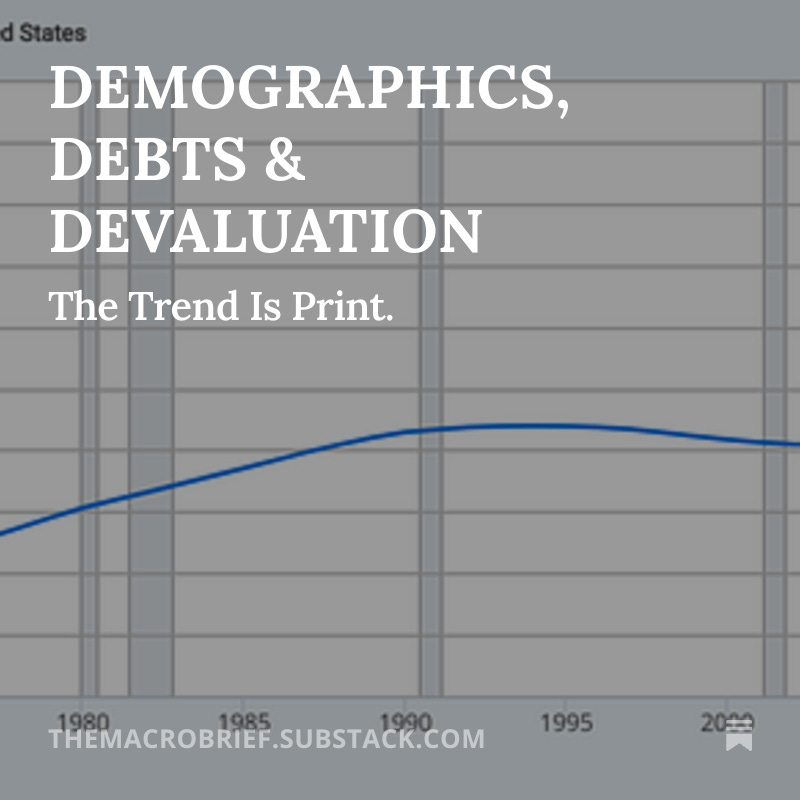Europe's Retaliatory Tariffs In Sight
How will Europe retaliate to Trump's Trade War and economic impacts
The EU, a major U.S. trading partner with a collective trade surplus, faces two key tariff scenarios.
Reciprocal tariffs, proposed to match trade partners’ rates, could reach 25% if including the EU’s value-added tax (VAT)—averaging 20% and generating one-fifth of EU tax revenue—potentially harming the European economy depending on duration.
Targeted tariffs, such as the 25% levies on steel and aluminum effective March 12, 2025, are expected to have a smaller, yet enduring, impact, partly funding U.S. tax cuts and shielding American industries. The economic fallout hinges on tariff levels and longevity.
The EU’s response options leverage its unified trade policy and the 2023 Anti-Coercion Instrument (ACI), which streamlines retaliation by requiring only a qualified majority (15 of 27 states, 65% of population) and enables diverse countermeasures like investment restrictions or procurement bans, executable within eight weeks. Initial concessions might include increasing U.S. liquefied natural gas imports, raising military spending (currently under 2% of GDP in Germany, France, and Italy), or cutting the EU’s 10% motor vehicle tariff (versus the U.S.’s 2.5%).
Retaliation is anticipated but likely less severe than U.S. actions, with a preference for negotiation over escalation. A 2018 precedent—boosting LNG imports and imposing tariffs on $3 billion of U.S. goods (e.g., whiskey, jeans) versus $6 billion in European exports—eased tensions, suggesting a measured approach could again limit trade war risks, though Europe’s tentative recovery remains at risk.
In the U.S., Q4 2024 earnings show 76% of S&P 500 companies exceeding earnings forecasts by 6.5% (below the five-year 8.5% average), with 55% surpassing sales estimates by 1.1%.
Two Mining Stocks To Buy & Hold Over 3-Yrs; Market Update
Hope everybody has been able to manage recent volatility we're seeing across risk assets.
Tariff concerns dominate, alongside AI firms’ capital spending and energy sector discipline amid OPEC+ uncertainty. January’s ISM Manufacturing PMI rose to 50.9, driven by new orders, possibly reflecting pre-tariff stockpiling.
Canada’s January CPI climbed to 1.9% year-over-year, up from 1.8%, fueled by an 8.6% gasoline price surge, though GST/HST tax holidays softened other categories. Core inflation hit 2.7%, potentially pausing Bank of Canada rate cuts (probability dropped from 50% to 35%). Housing listings jumped 11% month-over-month, reaching over one million units, yet sales fell 3.3%, signaling economic unease.
In Europe, UK unemployment held at 4.4% in December, but labor risks loom with April’s national insurance hikes. Private sector pay growth rose to 6.2%, while January headline inflation hit 3% (up from 2.5%), driven by transport, food, and education, with services inflation at 5%.
Bank of England rate cuts are eyed for May, targeting 3.75% by year-end. Germany’s February 23 election favors a CDU/CSU-SPD coalition, though a three-party scenario could destabilize governance. In Asia Pacific, China’s tech sector gains support, with firms like Alibaba eyeing higher capital expenditure to close AI gaps. India’s $41 billion U.S. trade surplus risks a 3%-3.5% export drop from 15%-20% U.S. tariffs, prompting import tax cuts.
DEMOGRAPHICS, DEBTS & DEVALUATION
By Nik Joosery





